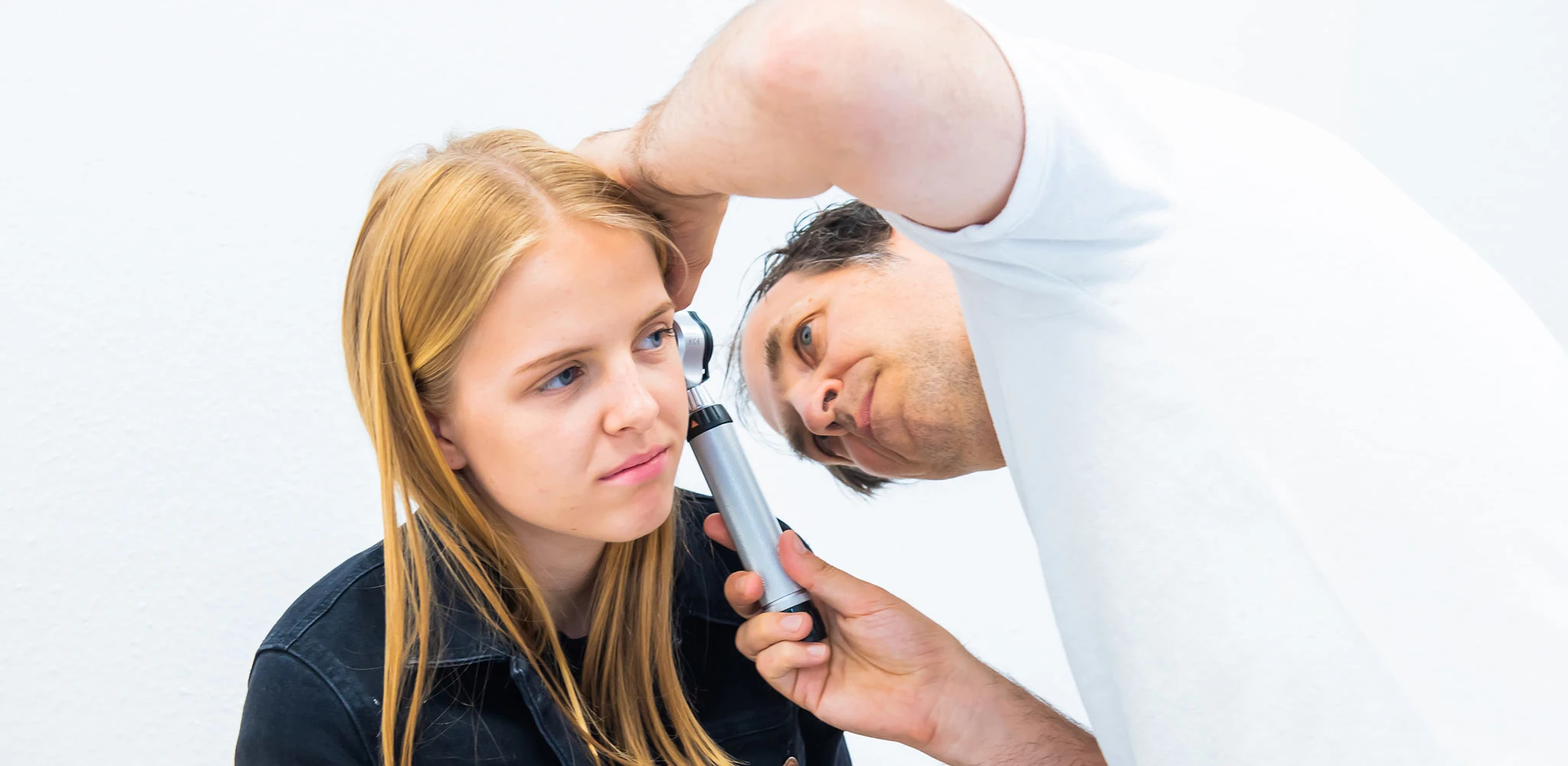No need to panic: harmless hives
The technical term is urticaria, the common word is nettle rash. This is appropriate because the children look as if they have fallen into a bed of nettles.
It usually happens quite suddenly and can affect the whole body: wheals appear, i.e. raised areas of skin that are slightly reddened in the surrounding area and usually itch. The wheals can also change very quickly and, for example, become fewer in one place and more in another.
Normally this is a harmless clinical picture and the children are not greatly affected apart from the wheals.
However, there is also a case that needs to be distinguished: urticaria can also occur as part of a severe allergic shock reaction, e.g. to a bee or wasp sting. In this case, the urticaria is accompanied by general symptoms such as circulatory weakness, shortness of breath or increased sweating. This is a real emergency that requires immediate medical treatment.
However, if the hives occur alone and the child is otherwise well, then it is harmless and usually has no allergic trigger. The whole thing is a so-called post- or paraviral phenomenon. This means that the children have had a viral infection or still have an attenuated viral infection. And it is in this context that hives occur.
Sometimes cold or heat can exacerbate the condition. Some children wake up in the morning under the warm duvet and are full of these wheals, while for others the wheals only really blossom when they go outside in the cold.
Important for you as parents: If it's just the wheals when your child is well, then it's nothing dramatic at all and it's not contagious. You can try to treat it gently by cooling it locally, applying Fenistil gel, for example, or administering anti-allergic drops such as Cetirizine. If it is very severe and agonising, you can also give a low dose of a cortisone preparation.
Normally, the hives disappear again after two to three days. Only very rarely are there children in whom it flares up again and again over weeks, which then needs to be clarified in more detail by a doctor.
The most important message: If your child has not fallen into stinging nettles but suddenly looks like this, then you don't need to worry for the time being - if they are otherwise well.
Further interesting tips
Cold limbs
Today we have a medical history from the category: small, but very annoying. It is the so-called Raynaud's syndrome. The result: cold fingers and toes.
Chronic fatigue syndrome
Going to school, cycling a bit, meeting friends - all far too strenuous. This or worse can be the case for people suffering from chronic fatigue syndrome, also known as myalgic encephalopathy (ME). A difficult, very complex clinical picture.
Nutrition
Nutrition and healthy eating in a family with children is a really complex and demanding topic. And yet you can get quite far with just two basic rules.
